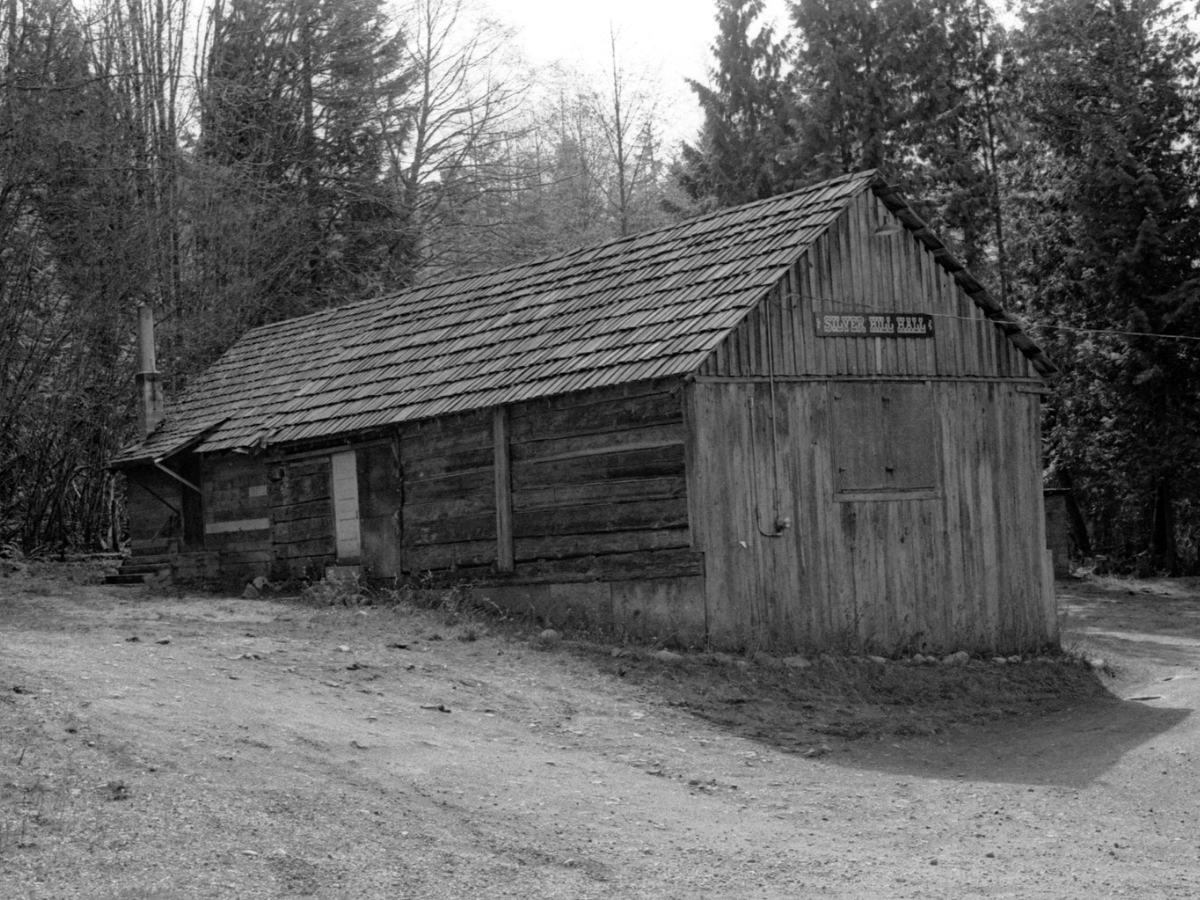Silverhill
Area description
On the west bank of the Stave River is the region known as Silverhill, which is a sort of extension of the more developed settlement of Silverdale to the south. The dividing line between the two is about at Silverhill Avenue. On its northern edge, the natural boundary of Silverhill is at Hairsine Creek.
Originally the Stave River and the territory at its mouth were controlled by Indigenous people called the Sxa’yaks, but these people were ousted by some of the Kwantlen First Nation who had to move from Fort Langley. The First Nations land within Silverhill today is noted as Langley I.R. 4.
Silverhill did not grow as quickly as Silverdale, which had the desirable frontage on the Fraser. However, its few pioneers were joined around 1910 by a large number of Swedish immigrants. The Swedes formed a close-knit community of families and friends, and so for a couple of generations the district was known for its Swedish character. Its sturdy log hall, constructed by volunteer labour, was the focal point of the community for many years and was declared a heritage building in 2004. Sadly, it burned down one October night in 2018, one year short of its 100th anniversary. Silverhill had its own school until 1974, but relied on Silverdale for a post office and general store. It is still a very rural area.


